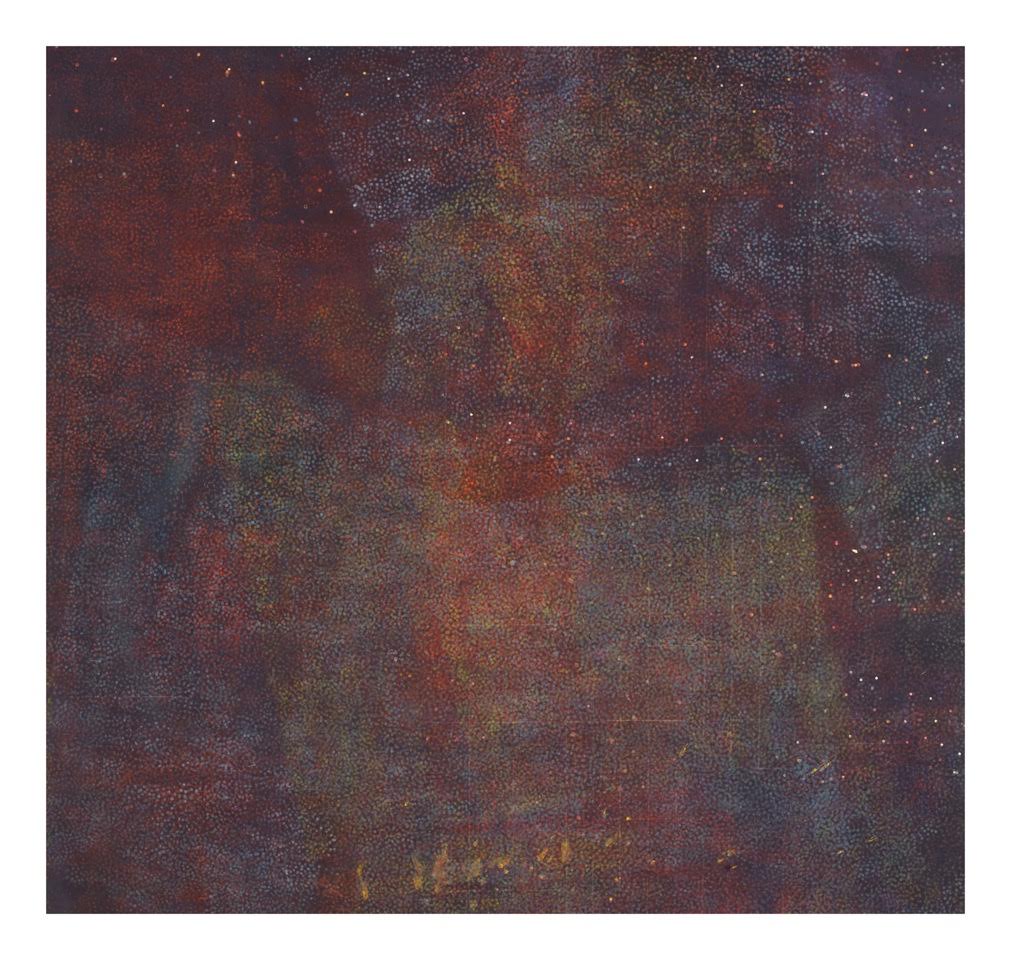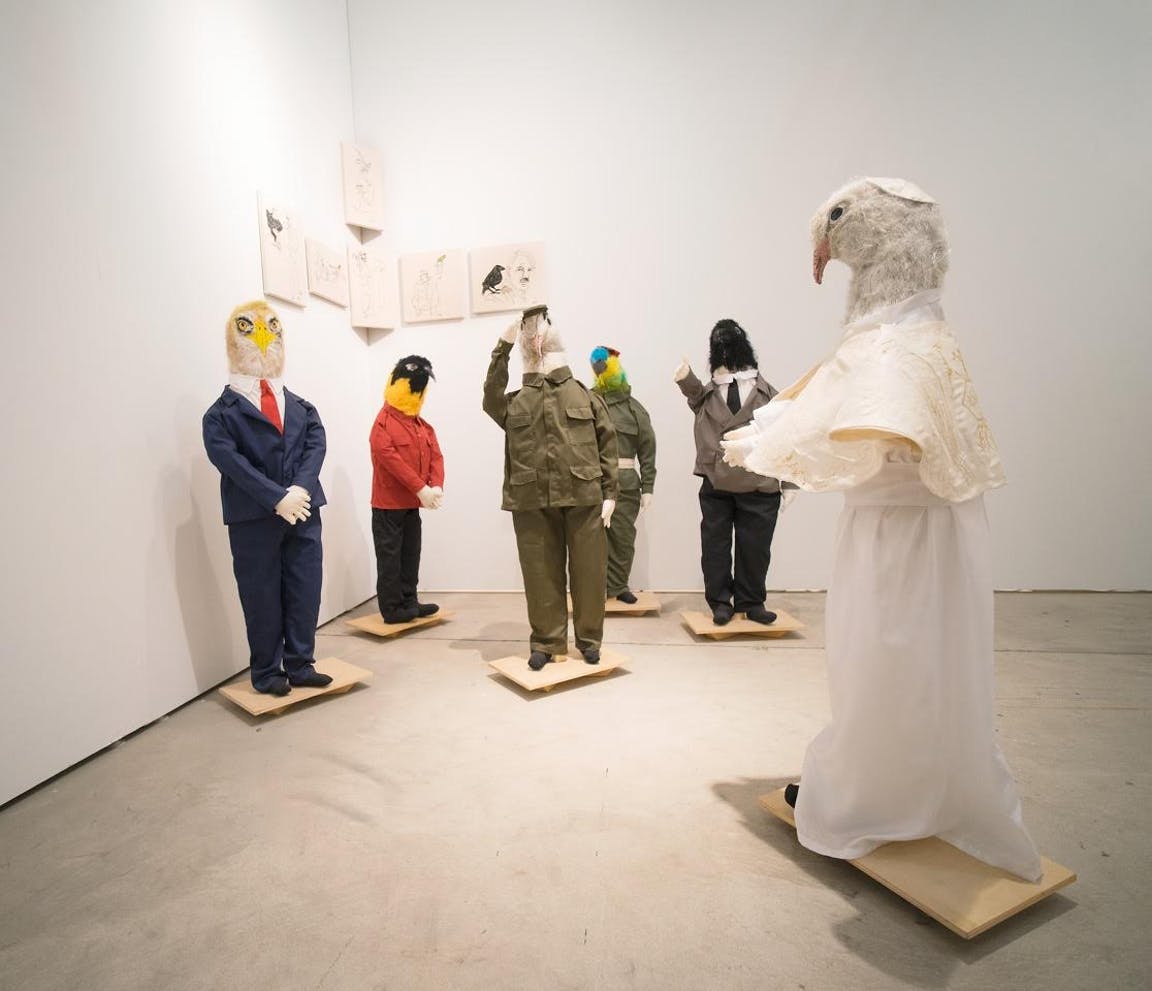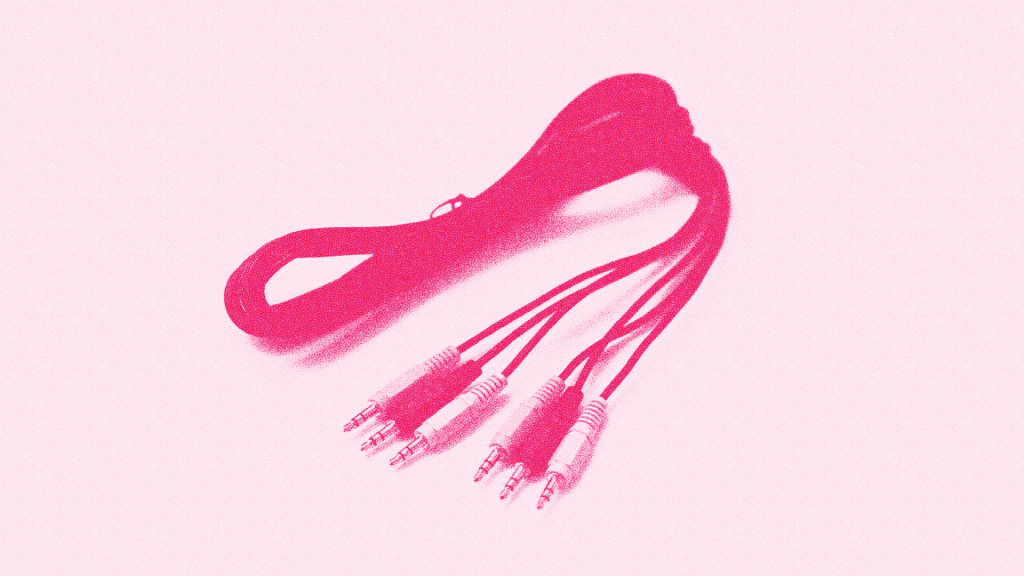
Art Basel Miami Beach 2016: an art carnival with treasures worth the hype
After overcoming two hours of infernal traffic, and then parking and entering Art Basel Miami Beach, the local trek felt like a personal triumph. This is the time of year when the city collapses. It shows its fragility. Its inhabitants escape or crouch down, hiding in their homes, as if facing yet another hurricane. In a way, that is what Art Basel is—even though this year one saw fewer people than in previous years, something that would be confirmed shortly after the fair wrapped up.
In its 15th edition, the fair is a microcosm beating to a First World pulse. Sped-up, chaotic, dizzying, success-driven, banal, scary, apocalyptic. According to its management, the giant international art fair has doubled its original size, and it’s responsible for putting once-sleepy Miami on the map.
What’s clearly true is that to explore it fully (it showcases 269 galleries) is a challenge to the eyes and feet. The ideal scenario is to escape the proverbial madding crowds, and doing so is possible. Not only can it be done, but for people with certain temperaments, it must be done–the better to allow for surprises, to look for the substantial and find the many treasures hidden between the colorful superficialities and the merely fashionable, which bores after a minute.
At the Galerie Thomas of Munich, a René Magritte dove next to an Alexander Calder served as North in our metaphorical compass. Perhaps there was less Latin American art than usual, although there was a strong Brazilian presence, including the inescapable Mira Schendel, Wanda Pimentel and Lygia Pape.
The absence of Galeria Sur, from Montevideo, Uruguay, this year was a surprise, but Mary-Anne Martin showed an atypical Gunther Gerzso from 1953, as exceptional as the Leonora Carrington that presided over the stand.
This year, the Survey section was home to some of the better work. Galleria d’Arte Maggiore of Bologna, Italy offered the opportunity to enjoy a small museum experience with about 20 superb works by Giorgio Morandi. It was an oasis. Next to it, the late Domenico “Mimmo” Rotella did his mischief. Across the way, at the Garth Greenan booth, three immense early landscapes by Howardena Pindell dazzled. These are paintings in a class by themselves. Meanwhile, at London’s Vigo, the prison work by Sudanese pioneer Ibrahim El-Salahi made one shudder.
At Annely Juda, the nine perfect screens of “Winter” by the always surprising David Hockney, were hypnotic. At Galerie Karsten Greve, one was dazzled by Claire Morgan’s taxidermy cubes and Georgia Russell’s clouds.
Galerie Gmurzynska, from Zurich, had a good coup-de-theatre anticipating the 100th anniversary of the Russian Revolution with an avant-garde banquet put together by Claude Picasso. More impressive, because of being more recent and thus closer to us, was a monumental charcoal and ink study by Robert Longo, inspired by Sergei Eisenstein’s “October” at the Hans Mayer gallery from Düsseldorf, Germany. Its almost prophetic statement took your breath away. It’s the kind of testimony that summed up the feelings of many at this Art Basel.

Outside Art Basel proper, there was the subtly organized chaos of Miamian Hernan Bas at Fredric Snitzer Gallery. Excluding the not-to-be-missed “Julio Le Parc: Form into Action” retrospective at the Pérez Art Museum Miami (Le Parc’s first in the United States, on view through March 19, 2017), or the Donald Sultan exhibit at the Lowe Museum (on view through Dec. 23), the satellite fairs and exhibits tended to be overwhelming and chaotic, and generally exhibited lower quality work.
But for some honorable exceptions, Art Miami was messy, with a notable absences of galleries that used to be regulars. It is hoped that the move next year to the space where the Miami Herald used to be, on the bay, would serve as motivation to raise the aim of a fair that once got to compete with its bigger sister. That same sensation, but magnified, could be felt at Art Context and Miami Beach fairs such as Scope and Untitled. It’s worth mentioning that the latter surpassed the other ones.
Pinta at the Mana Wynwood space deserves a special mention. It offered both a good panorama of Latin American art and Tanya Capriles Brillembourg’s vast modernist collection, which included an amazing video by Bill Viola.
Putting aside for a moment the crowds of curious tourists and avid collectors, the floating fairs, rolling parties and frenetic activities—including the opening of the Faena Forum—for the locals who after 15 years are not yet saturated, Art Basel and its satellite events represent an invitation to a carnival with artistic trimmings that extends beyond Miami Beach and Wynwood, an area increasingly commercial, crowded and decadent. The new horizons are the Little Haiti and Allapattah districts, where the Rubell Family Collection will land at a museum yet to be built. To those places is where artists and galleries are moving, strangled by the cost of the places where they once were pioneers.
And if the tyrant pictured by Longo moved us intimately, the irreverent installation of the Cuban fiber artist Aurora Molina at Bernice Steinbaum Gallery was a snapshot of our times: five leaders depicted as scarecrows, each with the head of his country’s national bird atop his body, all caught in easily identifiable attitudes, while a sixth scarecrow, Pope Francis, as the dove of peace, absolved them all.
Sebastian Spreng is a freelance music critic and arts writer. Email him at sebastianservicenews@gmail.com and follow him on Twitter @sebastianspreng.
Recent Content
-
Artsarticle ·
-
Artsarticle ·
-
Artsarticle ·

